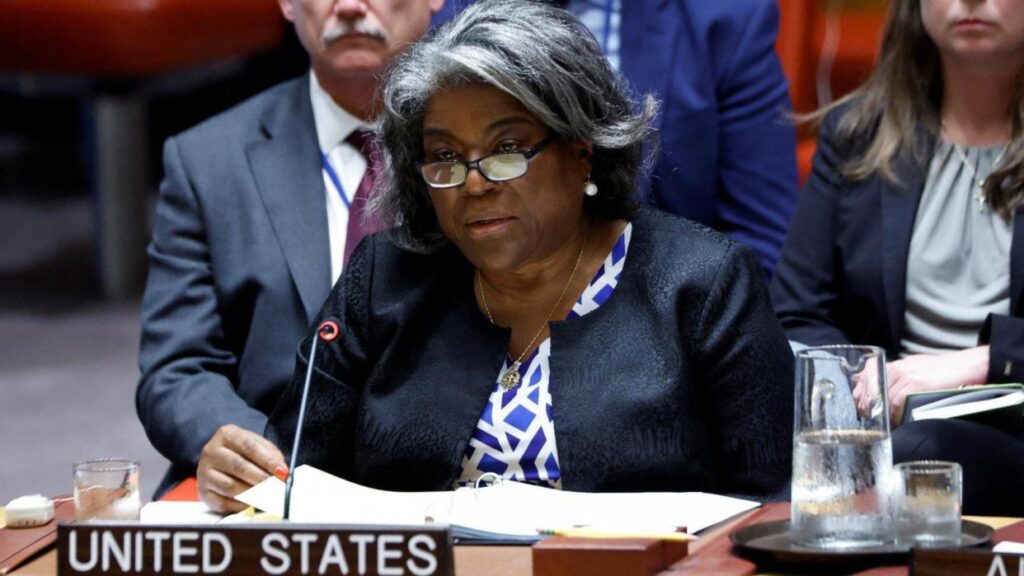The United States is engaged in a high-stakes diplomatic effort to defuse escalating tensions in the Middle East, as fears of an Iranian retaliatory attack on Israel threaten to plunge the region into chaos. With a critical round of ceasefire talks slated for Thursday, US Ambassador to the UN Linda Thomas-Greenfield has issued a urgent call for all parties to “turn the temperature down” and avoid a catastrophic regional conflict.
However, hopes for a peaceful resolution have been dealt a significant blow, as a senior Hamas official has already rejected participation in the talks, casting a dark shadow over the prospects for a negotiated settlement. Despite this setback, international mediators remain steadfast in their push for a deal that would secure the release of Israeli hostages in exchange for Palestinian prisoners, a move seen as a crucial step towards de-escalation.
Meanwhile, the US has approved a massive $20 billion arms sale to Israel, a move likely to be seen as a provocative gesture by Tehran. Iran, still reeling from the assassination of Hamas leader Ismail Haniyeh, has flatly dismissed calls to refrain from retaliation, setting the stage for a potentially devastating confrontation.
As the region teeters on the brink of all-out war, hundreds of lives are being lost in daily exchanges of fire, and millions of civilians are bracing for the worst. Israel has placed its military on high alert, anticipating a potential Iranian attack, while international leaders scramble to find a solution to the crisis.
Against this dire backdrop, the US faces a daunting challenge: can American diplomacy broker a ceasefire before it’s too late, or will the Middle East be engulfed by a devastating conflict with far-reaching consequences? The world watches with bated breath as the clock ticks down to Thursday’s crucial talks.



